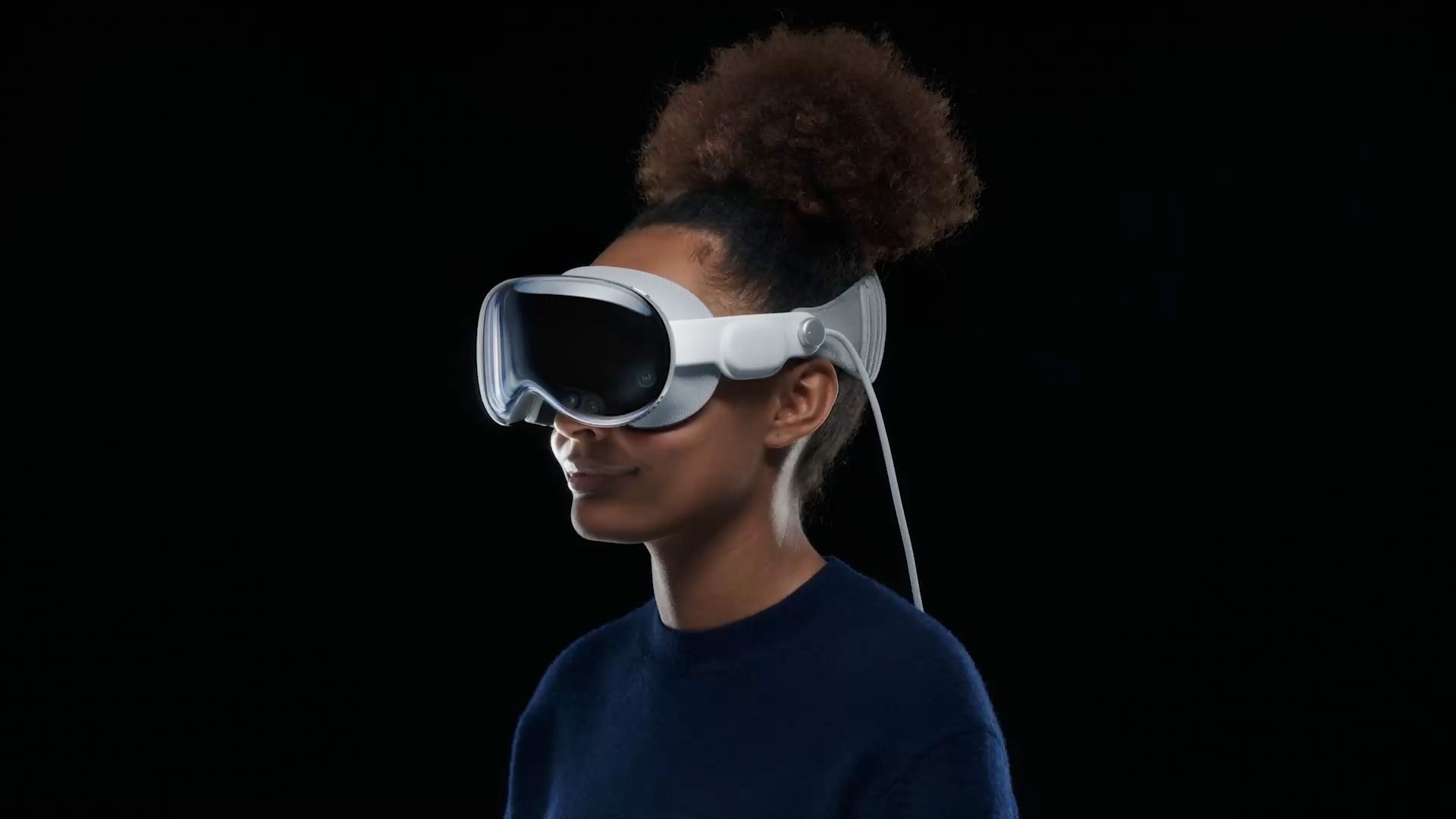The global VR headset market is booming, with the market size expected to reach USD 59.63 billion by 2030. This growth is being driven by several factors, including the increasing adoption of VR headsets in gaming, healthcare, and industrial applications. What specific companies are leading the development of new and innovative VR headsets?
What is the current availability of VR headsets in various industries such as healthcare and industrial applications?
What measures are VR headset manufacturers taking to address motion sickness in users?
Gaming is one of the major drivers of the VR headset market. VR headsets offer a more immersive gaming experience than traditional gaming consoles, and this is attracting gamers of all ages. VR headsets are also being used for training and simulation purposes in the gaming industry. For example, some VR headsets are being used to train surgeons on how to perform delicate procedures.
Healthcare is another major driver of the VR headset market. VR headsets are being used for a variety of healthcare applications, such as surgery training, rehabilitation, and pain management. VR headsets can be used to create realistic simulations of surgical procedures, which can help surgeons improve their skills. VR headsets can also be used to help patients with rehabilitation after an injury or surgery. For example, VR headsets can be used to create virtual environments that allow patients to practice walking or moving their limbs.
Industrial is also a major driver of the VR headset market. VR headsets are being used for a variety of industrial applications, such as product design, training, and maintenance. VR headsets can be used to create 3D models of products, which can help engineers design products more efficiently. VR headsets can also be used to train employees on how to use machinery or equipment. For example, VR headsets can be used to train employees on how to operate a crane or a forklift.
Other applications of VR headsets include media and entertainment, education, and real estate. VR headsets are being used to create immersive experiences for consumers in these industries. For example, VR headsets are being used to watch movies and TV shows, take virtual tours of historical landmarks, and learn about different subjects in school.
The growth of the VR headset market is being hindered by several factors, including the high cost of VR headsets and the lack of content available for VR headsets. However, the market is expected to grow rapidly in the coming years, as the cost of VR headsets comes down and the availability of content increases.
Here are some of the key trends in the global VR headset market:
- The increasing adoption of VR headsets in gaming is one of the major trends in the market. The gaming industry is constantly looking for new ways to immerse players in their games, and VR headsets offer a unique and immersive experience that is not possible with traditional gaming consoles.
- The growing popularity of VR headsets in healthcare is another key trend. VR headsets can be used for a variety of healthcare applications, such as surgery training, rehabilitation, and pain management. The use of VR headsets in healthcare is expected to grow rapidly in the coming years.
- The increasing adoption of VR headsets in industrial applications is also a key trend. VR headsets can be used for a variety of industrial applications, such as product design, training, and maintenance. The use of VR headsets in industrial applications is expected to grow rapidly in the coming years.
- The development of new and innovative VR headsets is another key trend. VR headset manufacturers are constantly developing new and innovative VR headsets that offer a more immersive and realistic experience. The development of new and innovative VR headsets is expected to drive the growth of the market in the coming years.
The future of the global VR headset market is bright. The market is expected to grow rapidly in the coming years, driven by the increasing adoption of VR headsets in gaming, healthcare, and industrial applications. The development of new and innovative VR headsets is also expected to drive the growth of the market.
Here are some of the challenges that the global VR headset market faces:
- The high cost of VR headsets is one of the major challenges facing the market. VR headsets are still relatively expensive, which can hinder their adoption by consumers.
- The lack of content available for VR headsets is another challenge facing the market. There is currently a limited amount of content available for VR headsets, which can make it difficult for consumers to justify the purchase of a VR headset.
- The motion sickness that some people experience when using VR headsets is another challenge facing the market. Motion sickness can be a major deterrent for some people, and it is something that VR headset manufacturers are working to address.
Despite these challenges, the global VR headset market is expected to grow rapidly in the coming years. The market is expected to be driven by the increasing adoption of VR headsets in gaming, healthcare, and industrial applications. The development of new and innovative VR headsets is also expected to drive the growth of the market.



